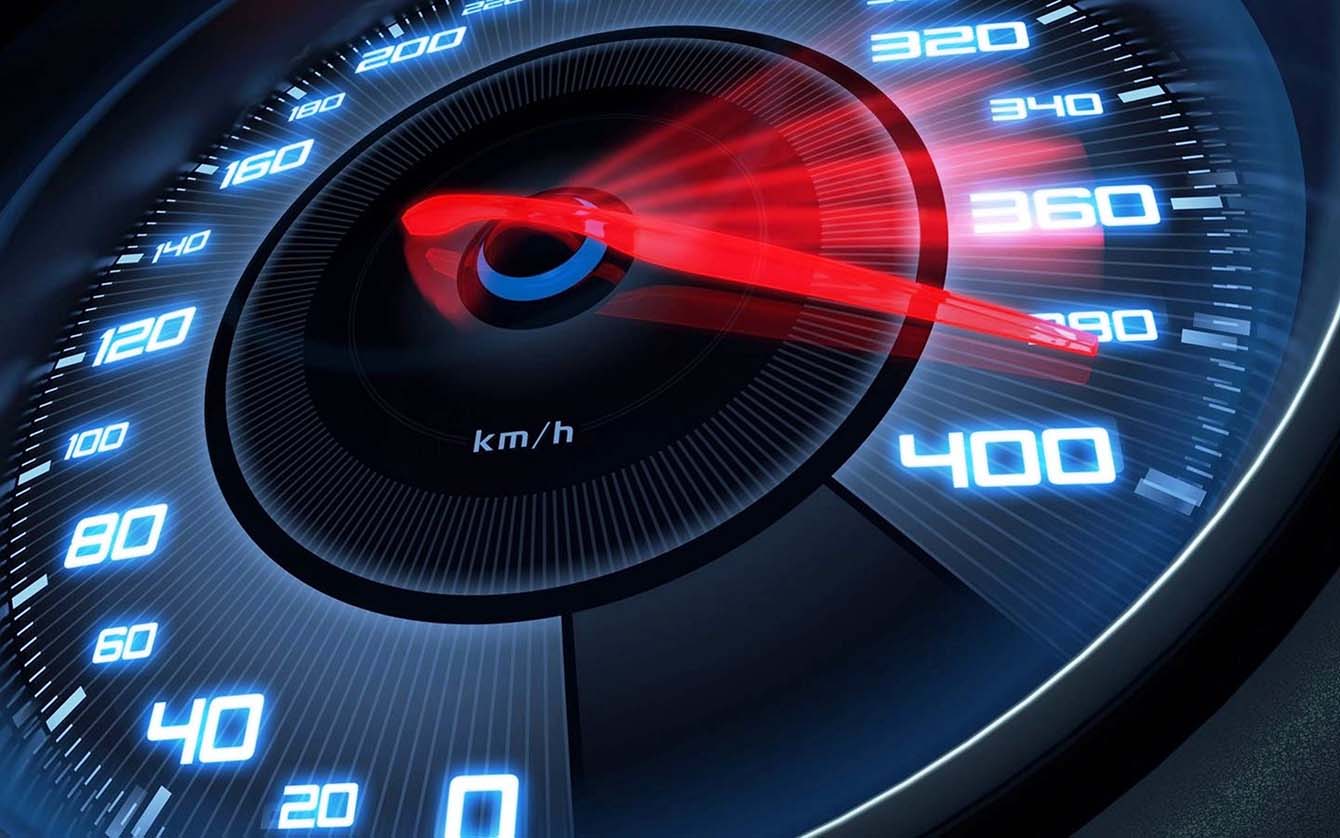As the automotive industry develops toward electrification, networking, intelligence, and sharing, the demand for central control displays, instrument panels, head-up displays, rearview mirrors, and rear-seat entertainment displays in smart cockpits continues to increase, driving the market size of in-vehicle displays of continuous growth. Different display technologies such as a-Si LCD, LT PS LCD, OL ED, Mini/Micro LED, and transparent display are gradually penetrating into the automotive market, presenting a diversified development trend.
So, what are the development trends in the automotive display market? What is the prospect of different display technologies for in-vehicle displays?
Since 2017, the global smartphone market has continued to decline, and the tablet, laptop, monitor, TV and other markets are relatively saturated and also maintain a downward trend. However, as the new energy vehicle market continues to expand, the demand for central control displays, dashboards, head-up displays, rearview mirrors, and rear-seat entertainment displays continues to increase, driving the further growth of the car display market, making it the second largest market after mobile phones and tablets. The third largest small and medium-sized panel application market after the market.
At present, the automotive industry is developing in the direction of electrification, networking, intelligence, and sharing, which will drive the continuous growth of the vehicle display market. JW Ins i g h ts predicts that global shipments of automotive front panels will exceed 200 million pieces in 2022, a year-on-year increase of 6%, and will reach 260 million pieces by 2026, with annual The compound growth rate is 4%-5%. Omdia predicts that the global automotive display market will reach US$9.5 billion in 2023, and will exceed US$10 billion in 2024, reaching US$10.5 billion.

Currently, the mainstream of the vehicle display market is liquid crystal display, but OLED has the advantages of low power consumption, light and thin, high refresh rate, wide temperature range, flexibility, and special shape, which can increase the added value of the car, especially the flexible characteristics, which can not only Saving space in the car will also bring a more technologically aesthetic design to the car, and will make a big difference in the car display market.
In terms of technical attributes, flexible AMOLEDs can use flexible substrates and covers. Even if they are impacted by external forces, they will not be broken as easily as traditional display glass covers, and the safety level is higher. At the same time, because of the self-luminous characteristics of OLED, the screen is more energy-efficient in dark mode, with lower power consumption and energy saving. In addition, in the driving environment without lights at night, the low-brightness and high-contrast characteristics of the AMOLED car display can avoid blindness due to glare and protect eyes more safely.
However, at present, OLED materials are more expensive than gold, and vehicle driver chips need to be customized and developed. There is no scale advantage, the cost is high, and the price difference with LCD is large. In the short term, it can only be imported into high-end cars, and the overall market penetration rate is low. JW Ins i g h ts pointed out that the penetration rate of automotive OLED displays in 2022 will be less than 0.6% in 2022 and will reach 1-2% in 2026, mainly used in high-end cars According to the central control and instrumentation of the company, although the growth of shipments is relatively stable, the market size is growing rapidly, from 42 million US dollars in 2020 to 450 million US dollars.
In the long run, the cost of automotive OLEDs has the potential to drop significantly, and there is a lot of room for imagination in the automotive display application market in the future. Compared with liquid crystal displays for vehicles, the composition of the OLED bill of materials for vehicles is simpler. If the COE structure is used, the polarizer can also be removed. With the continuous decline in the cost of materials such as driver chips and material costs, performance, lifespan and other performance With continuous improvement, the cost competitiveness of automotive OL ED will be significantly improved. At that time, automotive displays may gradually switch from LCD to OLED, just like smartphones and IT equipment.
Relevant persons in the industry believe that OL ED will account for half of the vehicle display market. At present, the screens used in vehicles are mainly LCD screens. Low-end LCD screens (a-Si LCD) firmly occupy the market share of low-end automotive displays due to their low cost, while high-end LCD screens (LT PS LCD) carve up the share of high-end automotive displays. However, with the advent of the era of smart cars, the car cockpit has more and more screens, and the requirements for multi-form and intelligence are getting higher and higher. The advantages of OLED are more obvious, and the penetration rate will gradually increase, and it is expected to occupy half of the high-end car display market.









 Home
Home HEM LCD
HEM LCD  Dec 26,2022
Dec 26,2022 
 The bottom of the LCD panel cycle is obvious, and industry recovery is imminent in 2023
The bottom of the LCD panel cycle is obvious, and industry recovery is imminent in 2023 



